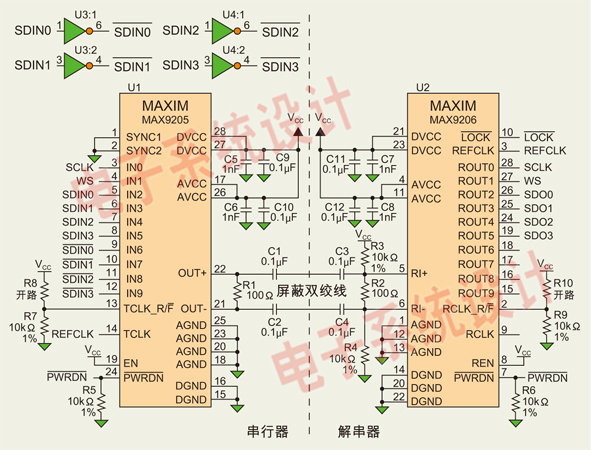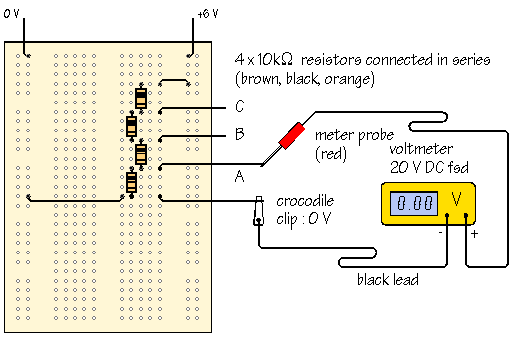
Melody Generator using IC UM3561

This is a simple audio circuit utilizing the UM3561 for generating melodies that can be employed in toys and various home appliances. It serves as an excellent project for novice beginners.
The UM3561 is a dedicated melody generator integrated circuit (IC) that is widely used in applications requiring sound synthesis. It is capable of producing a range of melodies and sound effects, making it particularly suitable for toy design and other consumer electronics. The circuit typically operates on a low voltage, usually between 3V to 5V, which is ideal for battery-powered devices.
The basic schematic of the UM3561 audio circuit includes several key components: the UM3561 IC itself, a power supply capacitor for stabilization, a speaker or piezo buzzer for sound output, and passive components like resistors and capacitors that help in tuning the frequency and melody selection. The circuit can be configured to play predefined melodies by setting the appropriate pins on the UM3561.
To implement this circuit, the power supply is connected to the VCC pin of the UM3561, while the ground pin is connected to the circuit ground. The output pin is connected to a small speaker or piezo buzzer, which converts the electrical signals generated by the IC into audible sound. An external resistor may be added in series with the speaker to limit the current and protect the IC from damage.
For melody selection, the circuit can incorporate a simple push-button switch connected to the melody selection pins of the UM3561. Each press of the button can cycle through different melodies stored in the IC's memory. Additionally, capacitors can be used to filter out noise and ensure a clean audio output.
This audio circuit is an excellent introduction to electronics for beginners, as it encompasses fundamental concepts such as power supply design, signal generation, and sound synthesis. The simplicity of the circuit allows for easy assembly and troubleshooting, making it suitable for educational purposes and hobby projects.This is a simple audio circuit, using UM3561, for generating melodies which can be used in toys and any other home appliances. A good project for young beginners 🔗 External reference
The UM3561 is a dedicated melody generator integrated circuit (IC) that is widely used in applications requiring sound synthesis. It is capable of producing a range of melodies and sound effects, making it particularly suitable for toy design and other consumer electronics. The circuit typically operates on a low voltage, usually between 3V to 5V, which is ideal for battery-powered devices.
The basic schematic of the UM3561 audio circuit includes several key components: the UM3561 IC itself, a power supply capacitor for stabilization, a speaker or piezo buzzer for sound output, and passive components like resistors and capacitors that help in tuning the frequency and melody selection. The circuit can be configured to play predefined melodies by setting the appropriate pins on the UM3561.
To implement this circuit, the power supply is connected to the VCC pin of the UM3561, while the ground pin is connected to the circuit ground. The output pin is connected to a small speaker or piezo buzzer, which converts the electrical signals generated by the IC into audible sound. An external resistor may be added in series with the speaker to limit the current and protect the IC from damage.
For melody selection, the circuit can incorporate a simple push-button switch connected to the melody selection pins of the UM3561. Each press of the button can cycle through different melodies stored in the IC's memory. Additionally, capacitors can be used to filter out noise and ensure a clean audio output.
This audio circuit is an excellent introduction to electronics for beginners, as it encompasses fundamental concepts such as power supply design, signal generation, and sound synthesis. The simplicity of the circuit allows for easy assembly and troubleshooting, making it suitable for educational purposes and hobby projects.This is a simple audio circuit, using UM3561, for generating melodies which can be used in toys and any other home appliances. A good project for young beginners 🔗 External reference





